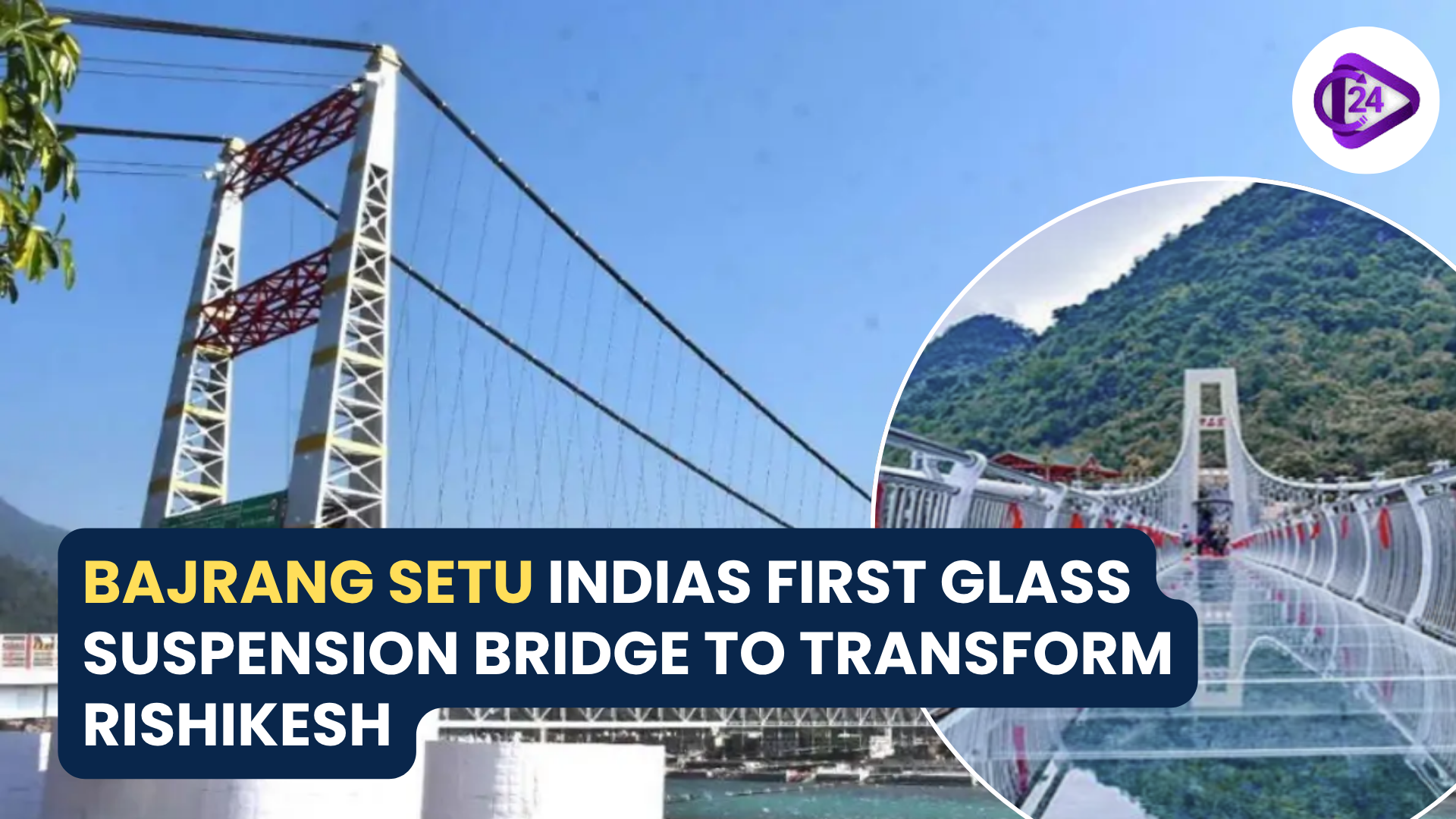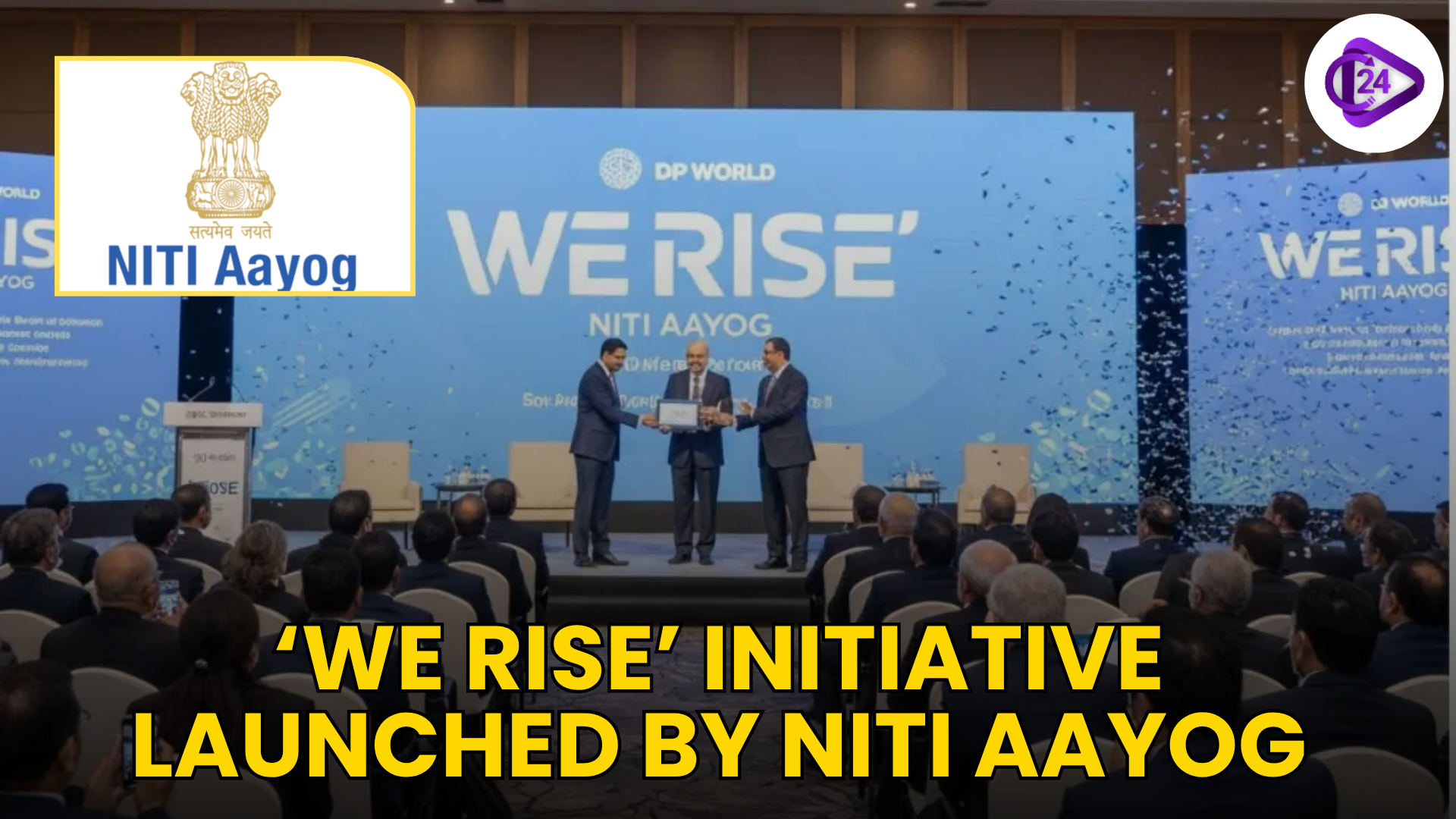
Upgrading travel to its North-Eastern states is a priority, so India is working on a four-lane highway linking Shillong (Meghalaya) and Silchar (Assam). As part of this highway, plans will include a long-awaited project from Myanmar, the Kaladan Multi-Modal Transit Transport Project (KMMTTP) which will make a new sea-land route around Bangladesh and the insecure Siliguri Corridor. In April 2025, the Union Cabinet gave its approval to the ₹22,864 crore Shillong-Silchar highway as a part of India’s Act East Policy and also because of recent issues and instability in Bangladesh and Myanmar.
Project Overview:
Shillong to Silchar High-Speed Corridor (NH-6).
-
Distance: 103.6 miles (144.8 in Meghalaya, 22 in Assam)
-
Cost: Rs. 22,864 crore
-
By the end of 2030, it should be completed.
-
The government uses Hybrid Annuity Mode (HAM) within the framework of Public-Private Partnership (PPP).
-
National Highways and Infrastructure Development Corporation Limited (NHIDCL) is in charge of the project.
-
The project is referred to as the Kaladan Multi-Modal Transit Transport Project (KMMTTP).
Components:
-
The sea route was built from Kolkata to Sittwe port in Myanmar (539 km) and is now complete.
-
Sittwe-Paletwa route on the Kaladan river is now finished (158 km).
-
If taking the road, travel from Paletwa to Zorinpui, Mizoram (108 km), as the last 50 km along the new four-lane highway are still under development.
-
A road exists between Zorinpui and Silchar and another between Zorinpui and Shillong, the Shillong-Silchar highway is being constructed as well.
Strategic Significance:
-
The corridor avoids passing through Bangladesh and the Siliguri Corridor which is both narrow and important for the North-East of India.
-
Having a 3rd Way: Allows India to trade without going through Bangladesh during disagreements and after Bangladesh increased its claims in the Bay of Bengal.
-
Focus on the Act East Policy: Pushes up trade, tourism, infrastructure projects and logistics for the military with Southeast Asia, builds more connections with countries in the region under BIMSTEC.
-
With the new rail link, cost and time for transporting goods between Kolkata and Mizoram will be reduced by up to 1,000 kilometers and the area’s economy can gain.
-
Counterbalancing China’s CMEC: Ensures India can maintain its influence in Myanmar and nearby areas.
Focus on Advanced Engineering and Innovations
-
The Shillong-Silchar highway will be the first such high-speed highway to be built in the North-East region.
-
Among these features are methods for preventing landslides, using the latest LiDAR technology for survey and adding instruments to monitor the environment and ground stability such as geophones, inclinometers, rain gauges and piezometers.
-
To build, 19 major bridges, 153 minor ones, 326 culverts, 22 underpasses, 26 overpasses, 8 limited-height subways and 34 viaducts will be needed.
Challenges Faced by Nations:
-
Since the 2021 military coup, Myanmar deals with civil conflict and there have been only 21% of people controlled by the junta. This state, where the Kaladan project is located, is mostly administered by the Arakan Army which is known as a terrorist organization by the Myanmar junta. This causes complications in handling security and diplomacy.
-
Negotiating Relationships: New Delhi must ensure that dealing with non-state organizations like the Arakan Army does not affect its existing relations with the government of Myanmar.
-
Regional Tensions: The idea behind the project is to address Bangladesh’s demand for control in the area and rising disputes in the region, helping India reinforce its sovereignty and independence.
Conclusion:
The linking of the Shillong-Silchar highway with the Kaladan Multi-Modal Transit Transport Project has changed the way India connects its regions. Building a new route past Bangladesh and the Siliguri area is helping India develop a dependable and secure inland-sea corridor towards its North-East. Despite the difficulties of Myanmar’s political situation and the nearby region, the project reflects India’s strategy of securing itself, expanding economic growth and playing a bigger role in Asia’s critical and sensitive borders.



 Guru Nanak Jayanti 2025 Date Importance History and Celebration Guide
Guru Nanak Jayanti 2025 Date Importance History and Celebration Guide PM Modi to Inaugurate India’s First Digital Tribal Freedom Fighters Museum in Naya Raipur
PM Modi to Inaugurate India’s First Digital Tribal Freedom Fighters Museum in Naya Raipur President Appoints Justice Surya Kant as the 53rd Chief Justice of India
President Appoints Justice Surya Kant as the 53rd Chief Justice of India 150th Birth Anniversary of Sardar Vallabhbhai Patel: India Celebrates National Unity Day 2025
150th Birth Anniversary of Sardar Vallabhbhai Patel: India Celebrates National Unity Day 2025 Ministry of Coal Launches Koyla Shakti Smart Analytics Dashboard
Ministry of Coal Launches Koyla Shakti Smart Analytics Dashboard Droupadi Murmu Becomes First Indian President to Fly in Rafale
Droupadi Murmu Becomes First Indian President to Fly in Rafale Rajasthan Bans Employment of Children Below 14 in Shops and Commercial Establishments
Rajasthan Bans Employment of Children Below 14 in Shops and Commercial Establishments India's First Glass Suspension Bridge, Bajrang Setu, Will Redefine Rishikesh Tourism by 2025
India's First Glass Suspension Bridge, Bajrang Setu, Will Redefine Rishikesh Tourism by 2025 NITI Aayog’s ‘We Rise’ Empowers Women Entrepreneurs
NITI Aayog’s ‘We Rise’ Empowers Women Entrepreneurs Harsh Sanghavi Appointed Gujarat Deputy Chief Minister in Major Cabinet Reshuffle
Harsh Sanghavi Appointed Gujarat Deputy Chief Minister in Major Cabinet Reshuffle






